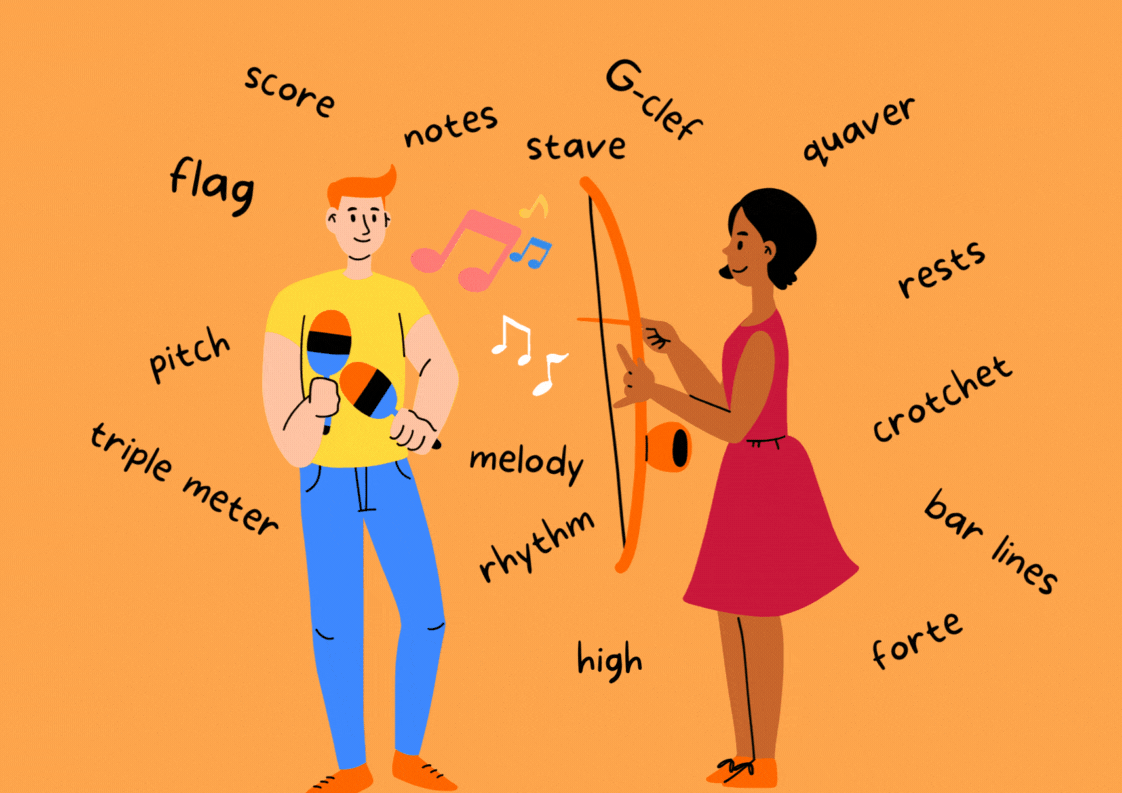Discovering theory

You will find most of the music theory of the unit here. But, pay attention! You may also find small explanations all through the unit.
A BRIEF HISTORY OF MUSIC NOTATION
The first music notation dates back from 1400 BC. It was found on a cuneiform tablet found in Babylonia around 1400 BC. We also have rests of music notations from ancient Greeks, including the mathematician Pythagoras, who started to think about the length of sounds. In the 9th century, Gregorian chant used symbols called neumes to indicate the sounds but not the rhythm. Around 1000 AD, Guido D'Arezzo added four lines to Gregorian chant to indicate pitch and this may be considered the origin of the stave. He also developed the solmization or use of syllables (taken from a hymn to Saint John the Baptist) for each note. In the 13th century, a system to indicate different note duration was created and it evolved along the centuries till now by rounding noteheads, adding bar lines, dynamic markings, etc.
Click on the images below to learn how to read staves and scores nowadays.
It is a type of writing developed by the Sumerians of Mesopotamia c.3500-3000 BC. It consisted of symbols carved on pieces of clay
Modern Southern Iraq
Signs for one or a group of successive musical pitches.
"Ut queant laxis Resonare fibris Mira gestorum Famuli tuorum, Solve polluti Labii reatum, Sancte Ioannes."


